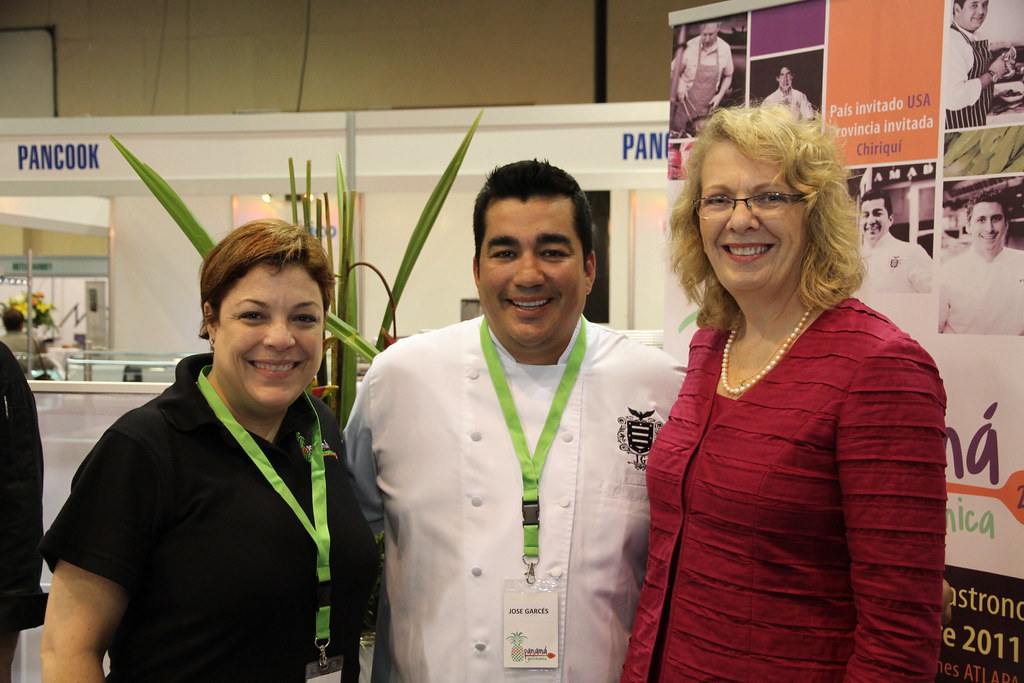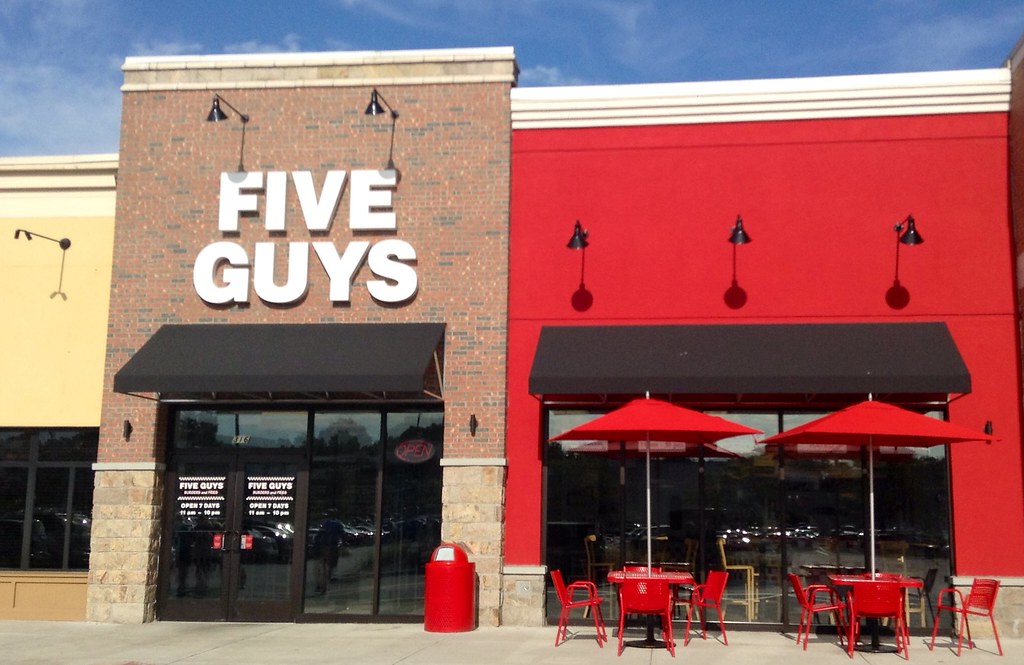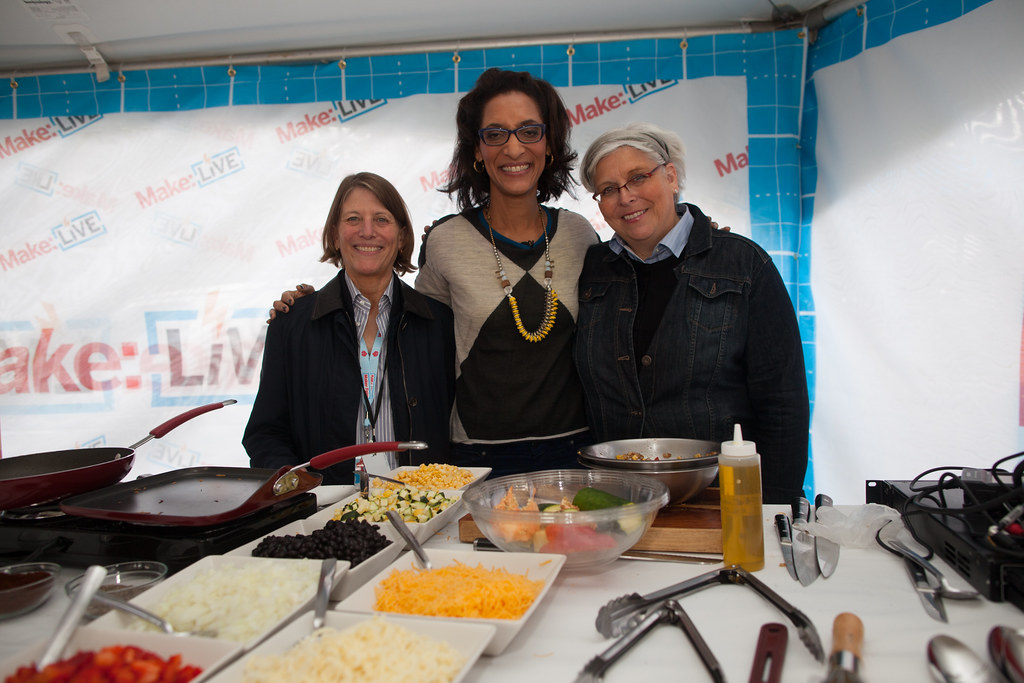
The restaurant industry is notoriously challenging, with 30 percent of new establishments failing in their first year. This high attrition rate highlights immense complexities: from menu creation and staffing to crucial marketing. Success demands culinary excellence, operational precision, and astute business acumen, making it perilous even for seasoned professionals.
This inherent risk often seems overshadowed by celebrity involvement. “Star power” acts as a powerful initial draw, generating buzz and attracting curious patrons. This explains why numerous stars venture into restaurants, hopeful their fame translates into gastronomic triumph. While some, like Bad Bunny’s Gekkō, find success, many others face unforeseen obstacles.
Indeed, celebrity-owned dining establishments are replete with high-profile concepts that, despite celebrated origins, ultimately shuttered. These ventures offer compelling, cautionary case studies. A famous name, while a powerful marketing asset, cannot alone insulate a business from fundamental challenges related to consistent quality, sound operations, and fickle public appeal. We now delve into memorable culinary casualties.

1. **Britney Spears – Nyla**
In 2002, pop icon Britney Spears launched Nyla in New York City’s Dylan Hotel. This coincided with her publicized breakup. Nyla began as Cajun but swiftly pivoted to Italian cuisine. This rapid shift signaled early instability or misjudgment of the competitive market, indicating poor culinary direction.
The restaurant’s brief existence was quickly plagued by operational challenges, including health code violations. These issues cast a shadow over standards, deterring clientele. Compounding problems were escalating financial troubles, often fatal for nascent businesses in high-overhead Manhattan. Immediate hurdles highlighted poor foundational planning.
By late 2002, Spears publicly abandoned the project; Nyla swiftly closed. This cemented its place as an early example of a celebrity restaurant failing to translate pop-culture fame into business success. Even powerful endorsement cannot overcome fundamental operational deficiencies.
Read more about: Britney Spears: Unpacking the Unbreakable Spirit of Pop’s Enduring Princess Through Her Rollercoaster Journey

2. **Jennifer Lopez – Madre’s**
Jennifer Lopez opened Madre’s in Pasadena, California, in 2002. This upscale establishment brought vibrant Puerto Rican and Cuban cuisine, featuring an in-house cigar maker. While distinct, such elaborate additions often introduced significant operational complexities and escalated overhead costs, straining the new venture.
Lopez initially entrusted her first husband, Ojani Noa, with Madre’s management. This partnership proved turbulent; Lopez reportedly fired Noa just six months into operation. Such internal conflicts and leadership instability deeply destabilize businesses, diverting crucial attention and resources from operational aspects.
Despite celebrity backing, Madre’s received “lackluster reviews.” While J.Lo’s star power kept it “afloat,” it was ultimately insufficient for long-term viability. The restaurant closed in 2008, demonstrating that even a pervasive celebrity presence cannot indefinitely compensate for inconsistent quality or problematic management.

3. **Flavor Flav – Flav’s Fried Chicken**
In 2011, Flavor Flav launched Flav’s Fried Chicken, a personal concept with national franchise ambitions. This aspiration to leverage personal branding into scalable models without appreciating immense logistical challenges is a common pitfall for celebrity entrepreneurs.
These grand aspirations were quickly “dashed” as the business collapsed “four months after opening.” This rapid demise highlights culinary concepts’ fragility when lacking robust infrastructure and stable management. A “dramatic fallout with his business partner” was a significant factor, damaging reputation and disrupting operations.
A critical misstep was the restaurant’s unconventional location: “the middle of Clinton, Iowa.” This choice suggests a fundamental disconnect between Flav’s high-profile image and the local market reality. The observation underscores strategic site selection’s paramount importance.

4. **Hulk Hogan – Hulk Hogan’s Pastamania!**
WWE legend Hulk Hogan brought his persona to the culinary world in 1995 with Pastamania! Located in the high-traffic Mall of America, it opened with “much fanfare,” leveraging his immense popularity. The menu featured branded dishes appealing to his fanbase with a themed dining experience.
Despite initial marketing and distinct branding, the venture proved unsustainable. “The marketing, sadly, wasn’t enough to sustain the business.” This illustrates a recurring theme: star-driven marketing generates interest, but cannot alone guarantee long-term viability. Product quality, operational efficiency, and dining experience must meet customer expectations.
Pastamania! closed “within a year,” a notably short lifespan. Its rapid failure highlights intense competition in casual dining and swift market judgment when novelty fades. Even the most formidable celebrity personality cannot power a business indefinitely if core offering and execution do not broadly resonate.

5. **Steven Spielberg – Dive!**
Acclaimed film director Steven Spielberg made a distinctive foray into restaurants in 1994, opening Dive! in Los Angeles’ Century City. This 300-seat establishment cost “a whopping $7 million.” It garnered significant “media buzz,” due to its striking exterior: a “massive submarine tower” serving as an unmistakable landmark.
The menu, fitting the immersive underwater theme, predictably revolved around “submarine sandwiches.” While unique concept and high production value created initial excitement, Dive! ultimately received “mixed reviews.” This suggests that while novelty was appealing, the culinary offering might not have consistently met high expectations from significant investment.
Dive! “shuttered in 1999,” after five years—a longer run than some, yet falling short of enduring success. Its second location in Las Vegas met a similar fate. Spielberg’s experience demonstrates that even creative genius doesn’t guarantee triumph in the specialized restaurant business when novelty wears off.

6. **Jessica Biel – Au Fudge**
Actress Jessica Biel entered the restaurant scene in 2016 with Au Fudge, an ambitious “kid-focused restaurant” in West Hollywood. It garnered attention, dubbed “Soho House for kids.” This unique positioning aimed to cater to affluent families, offering a sophisticated yet child-friendly environment. The menu ranged from “chicken nuggets to a caviar-topped omelet.”
Despite initial “buzz” and premise, Au Fudge struggled financially. In a candid 2017 TV appearance, Biel admitted it “wasn’t making any money.” This underscored immense financial pressures facing even well-capitalized establishments. Running a specialized restaurant with high overhead demands meticulous financial management and a sustainable revenue model.
Au Fudge ultimately “closed for good in 2018.” Its failure highlights challenges of launching and sustaining a highly niche concept, even with celebrity backing. The “Soho House for kids” idea may have struggled to find profitability. Biel’s venture illustrates that passion and a unique idea require rigorous business principles.
Read more about: Beyond the Limelight: Uncovering the Wildly Unexpected Side Hustles of Your Favorite Celebrities

7. **Eva Longoria – Beso & SHe By Morton’s**
Eva Longoria encountered “some bad luck in the restaurant industry,” attempting multiple ventures. Her initial concept, Beso, a “swanky Vegas steakhouse” with a nightclub, Eve. Celebrity chef Todd English was brought in. However, Beso was soon embroiled in “scandals and lawsuits,” indicating deep-seated issues.
Beso, along with Eve, closed in 2013, making way for SHe in the “same space.” SHe was a steakhouse “geared toward a female clientele.” This pivot demanded a specialized approach. Its top-level nightclub “lasted a mere seven weeks,” revealing difficulty sustaining a revamped entertainment component.
SHe by Morton’s persisted with distinctive branding. Steak portions labeled “She-Cuts,” “He-Cuts,” “We-Cuts,” and dessert menus included a mirror. Despite these touches, SHe By Morton’s “shut down” in 2014, following “several health code violations.” Longoria’s attempts highlight how operational challenges and regulatory failings lead to terminal setbacks.
The restaurant landscape presents an even more intricate challenge for celebrity chefs, who embark on culinary ventures often as the culmination of their professional lives. These establishments are intended as definitive statements of their gastronomic philosophy, built upon years of skill and public recognition. Yet, despite a built-in audience and a reputation for culinary excellence, many such ventures have collapsed under the weight of economics, personal conflicts, legal entanglements, or simply an inability to sustain public interest.
This section delves into the distinctive pressures faced by acclaimed culinary figures, examining seven significant restaurant failures by some of the most prominent names in the industry. It explores how critical reception, business management, financial strain, and personal conflicts can swiftly dismantle even the most promising culinary empires. These cases illuminate the multifaceted challenges that extend beyond the kitchen, demonstrating that even a revered chef’s name offers no guaranteed immunity from the industry’s brutal realities.
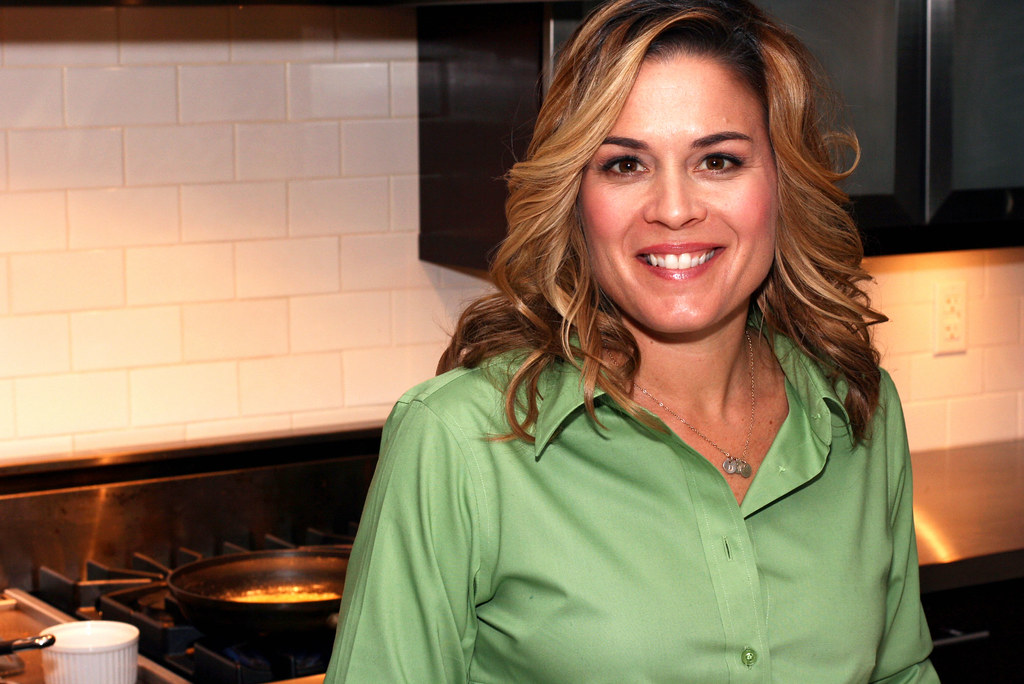
8. **Cat Cora’s FatBird**
Cat Cora, celebrated as the first woman to win “Iron Chef America” and a prominent figure in food television, has seen consistent success with many of her approximately 15 restaurant concepts, including Postino in San Francisco and Kouzzina at Walt Disney World. However, her foray into Southern cuisine with Firebird, later known as FatBird, proved to be an unexpected and challenging departure from her usual triumphs. Located in New York City’s Meatpacking District, the restaurant debuted in June 2016 with a menu featuring Southern staples such as baby back ribs, spicy chicken, and Jell-O shots, aiming to capture a unique niche in the competitive dining scene.
Almost immediately, FatBird encountered significant operational and legal hurdles. Just four months after its launch, Cora initiated a lawsuit against her business partner, Charissa Davidovici, alleging a breach of contract regarding a $400,000 fee for licensing her name and recipes. This internal dispute undoubtedly destabilized the fledgling operation, diverting crucial attention and resources from critical day-to-day management and customer experience.
Adding to the establishment’s woes, critical reception was overwhelmingly negative. Reviewers found many of the food items “unsavory”; Eater NY critic Robert Sietsema notably described the fried chicken as “flavorless,” barbecued oysters as “repulsive,” and a mint julep made with “salt instead of sugar.” These damning assessments, coupled with the internal strife, proved insurmountable. FatBird “went dark” after a mere seven months, illustrating how even a renowned chef’s reputation cannot counteract a confluence of poor execution and business conflicts.
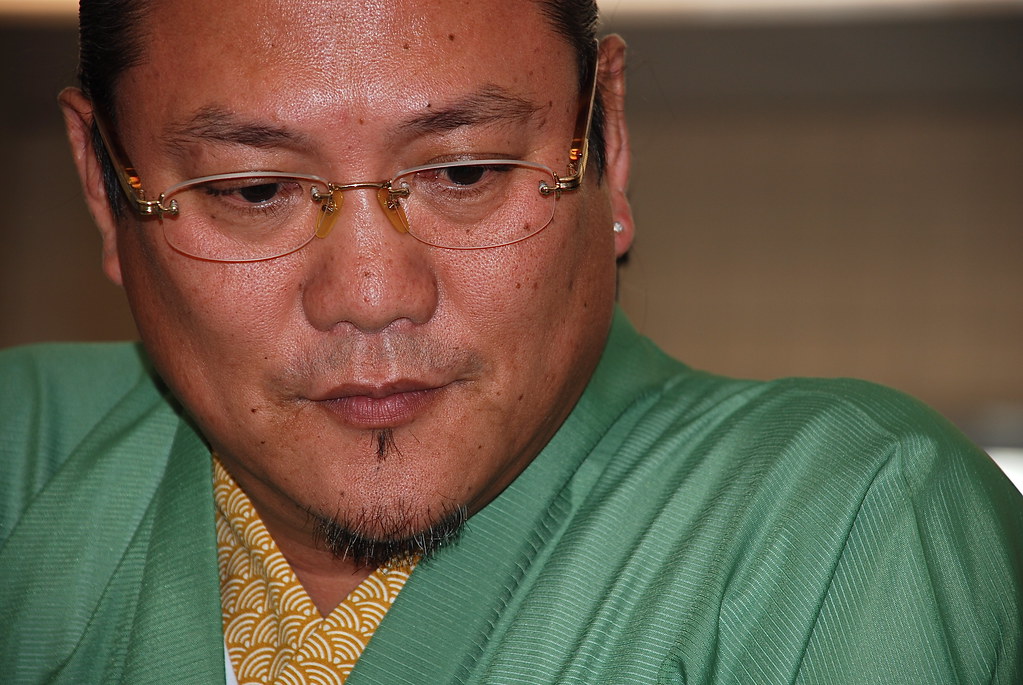
9. **Masaharu Morimoto’s Tribeca Canvas and Bisutoro**
Masaharu Morimoto, widely regarded as the quintessential “Iron Chef” for his exemplary competition record in both the Japanese and American versions of the show, has built a global empire of acclaimed Japanese restaurants like Morimoto, Momosan, and Sa’Moto. His ventures are celebrated for beautifully crafted high-end Japanese cuisine and sushi. However, in 2012, Morimoto ventured into a less familiar culinary territory with Tribeca Canvas in New York, an establishment conceived to serve American-style, Asian-accented pub food, a notable departure from his signature Japanese fare.
The menu at Tribeca Canvas, which included items such as shrimp nachos, chicken pot pie, and pork ribs, struggled to resonate with critics and diners. The concept, intended to blend American comfort food with an Asian accent, was met with skepticism and poor reviews. New York Post critic Steve Cuozzo notably singled out “kurobuta corn dogs” and “duck duck cous” as “clunkers,” while describing Morimoto’s mac and cheese as having “limp elbows and four unidentifiable cheeses in a somnolent alloy.”
The restaurant’s initial run lasted only nine months before Morimoto decided to close it for a complete reboot in August 2013, replacing his old business partners and renaming it simply Canvas. Following an extensive interior redesign and a revised menu that more closely aligned with Morimoto’s expertise in Japanese classics and sashimi, the establishment was renamed once more to Bisutoro. Despite these efforts to realign the concept with his acclaimed strengths, Bisutoro endured for only a few months, ultimately closing for good in January 2014. The repeated attempts and eventual failure of this venture underscore the difficulty, even for a chef of Morimoto’s caliber, to succeed outside of their established culinary identity in a fiercely competitive market.
10. **Jose Garces’ Amada NYC**
Jose Garces, an “Iron Chef” winner and celebrated restaurateur, had successfully launched numerous restaurants across the U.S., including the popular tapas spot Amada in Philadelphia in 2005. Building on this success, Garces sought to expand the Amada brand to New York City, opening a second tapas restaurant in Manhattan’s Battery Park City in 2016. This ambitious expansion, intended to leverage one of his most popular concepts, was expected to bolster his culinary empire and help recover losses from other ventures.
Despite the acclaimed out-of-town chef, prime real estate, and sophisticated design by AvroKo, Amada NYC did not achieve the anticipated success. The restaurant, which featured a main dining room, cocktail and tapas bars, a chef’s counter, and private dining nooks within its massive space, failed to impress critics and diners in the discerning New York market. The lack of sustained interest suggested that the concept, while successful in Philadelphia, did not translate effectively or uniquely enough to capture a new audience.
Amada NYC abruptly closed its doors in March 2018, just shy of its second anniversary, without much public explanation. This closure came amidst a flurry of legal troubles for Garces, including a lawsuit filed in Pennsylvania alleging that he owed $280,000 to vendors for his restaurants in that state. The New York Amada, which had cost more than $1.3 million over its initial budget, suffered under the broader financial strain, further compounded by the prior closure of four popular Garces restaurants in Atlantic City’s Revel casino complex in 2014. These intertwined financial and operational challenges ultimately led to Garces filing for Chapter 11 Bankruptcy later that year, illustrating how an acclaimed chef’s ambition can be undone by complex business management and external economic pressures.
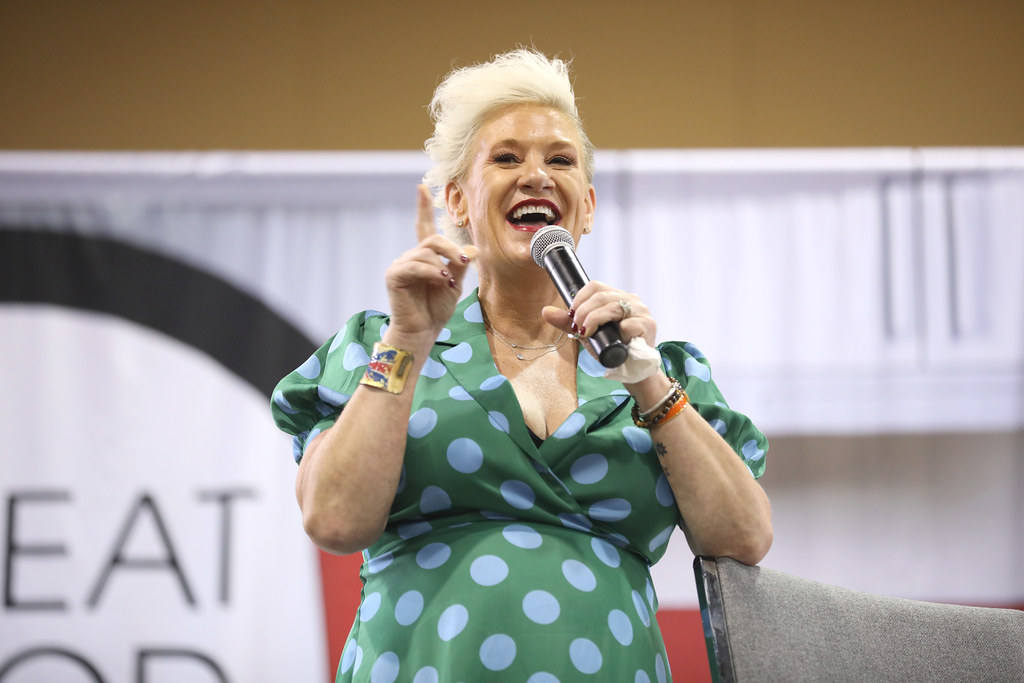
11. **Anne Burrell’s Phil and Anne’s Good Time Lounge**
Anne Burrell, known for her high-energy cooking shows on the Food Network, including “Secrets of a Restaurant Chef” and “Worst Cooks in America,” returned to the New York restaurant scene in 2017 after a nine-year hiatus. She partnered with bar owner Phil Casaceli to open Phil and Anne’s Good Time Lounge in Brooklyn. The small bistro was envisioned as a vibrant space, with brightly colored illustrations adorning the walls, offering shareable plates of Mediterranean and Italian dishes alongside unconventional additions like a cheeseburger, Cheetos-crusted fried pickles, and “hogs in hoodies.”
While some of the food received passable reviews, the restaurant struggled to find a consistent audience in the competitive Cobble Hill neighborhood. Its eclectic menu, attempting to bridge Mediterranean and Italian influences with American comfort food novelties, may have lacked a clear culinary identity, contributing to its inability to firmly establish itself within the local dining landscape. The challenge of balancing a diverse menu with consistent quality proved significant.
Ultimately, Phil and Anne’s Good Time Lounge closed abruptly, just under a year after its opening. The primary reason cited for its demise was a significant fallout between the two partners. Burrell’s representative stated that “she and Phil have had differences of opinion during their business relationship that made running a restaurant together impossible.” This internal conflict, reportedly escalating to acrimonious exchanges, underscored how interpersonal dynamics, even between seasoned professionals, can critically undermine a business, leading to its swift and unexpected closure.

12. **Gabe Erales’ Bacalar**
Gabe Erales’s career trajectory saw a dramatic turn immediately following his win on “Top Chef” Season 18, a victory that typically elevates chefs to the industry’s upper echelons. However, Erales’s reputation was swiftly “tarnished by a workplace scandal” that emerged in July 2021. News broke that in December 2020, he had been fired from his executive chef position at Austin’s acclaimed Comedor restaurant for engaging in a relationship with a coworker, subsequently cutting her hours, and then harassing her. This controversy severely impacted his professional standing.
After a period of laying low professionally, Erales eventually launched Bacalar in September 2023, his first new post-“Top Chef” restaurant. Located in collaboration with Urbanspace Hospitality, Erales served as executive chef, curating a menu based on his childhood food memories of Mexico’s Yucatan Peninsula. The venture aimed to mark a professional comeback, allowing Erales to express his culinary heritage and rebuild his career.
Despite the attempt at a fresh start, Bacalar’s existence proved to be brief. Ten months after its opening, in July 2024, the restaurant announced its closure on social media, initially citing a need for “alterations.” However, it was subsequently revealed that the restaurant would not reopen, with Urbanspace Hospitality opting to move its takeout-only taco shop, Tomalo, into the Bacalar space. Erales, notably, was not involved in the new venture in any capacity. This swift and definitive closure highlights the enduring impact of personal scandals on a chef’s ability to maintain public trust and secure lasting partnerships, even with significant culinary talent.

13. **Carla Hall’s Southern Kitchen**
Carla Hall, a “Top Chef” fan favorite since 2008 and former co-host of “The Chew,” channeled her Nashville roots into her first restaurant venture, Carla Hall’s Southern Kitchen, which opened in Brooklyn in 2016. Positioned as an expert in Southern comfort food, the restaurant offered classic dishes like fried chicken, collard greens, cornbread, and banana pudding, aiming to bring an authentic taste of the South to New York at reasonable prices. The concept resonated with her public persona and culinary brand.
However, the Brooklyn startup was plagued by what Hall described as a “string of bad choices and just plain rotten luck.” The journey to opening was protracted, taking “two and a half years,” and the restaurant was only operational for a single year. Early into its existence, an electrical fire forced a temporary shutdown, a significant setback for a new business. This was compounded by two separate walk-in refrigeration unit failures, leading to further disruptions and reputational damage.
These operational misfortunes severely eroded customer trust. “People just didn’t trust us to come there. We were letting them down and they were already making an effort to come to us,” Hall explained. Additional challenges included the restaurant’s location in a “hard-to-get-to Brooklyn neighborhood” and controversy surrounding its initial Kickstarter funding. Furthermore, Hall’s contract with “The Chew” prevented her from promoting the restaurant on television or her social media, effectively silencing a crucial marketing channel. The combination of bad luck, operational failures, and marketing constraints ultimately led to the closure of Carla Hall’s Southern Kitchen, a poignant reminder that passion and a strong concept require robust operational resilience.
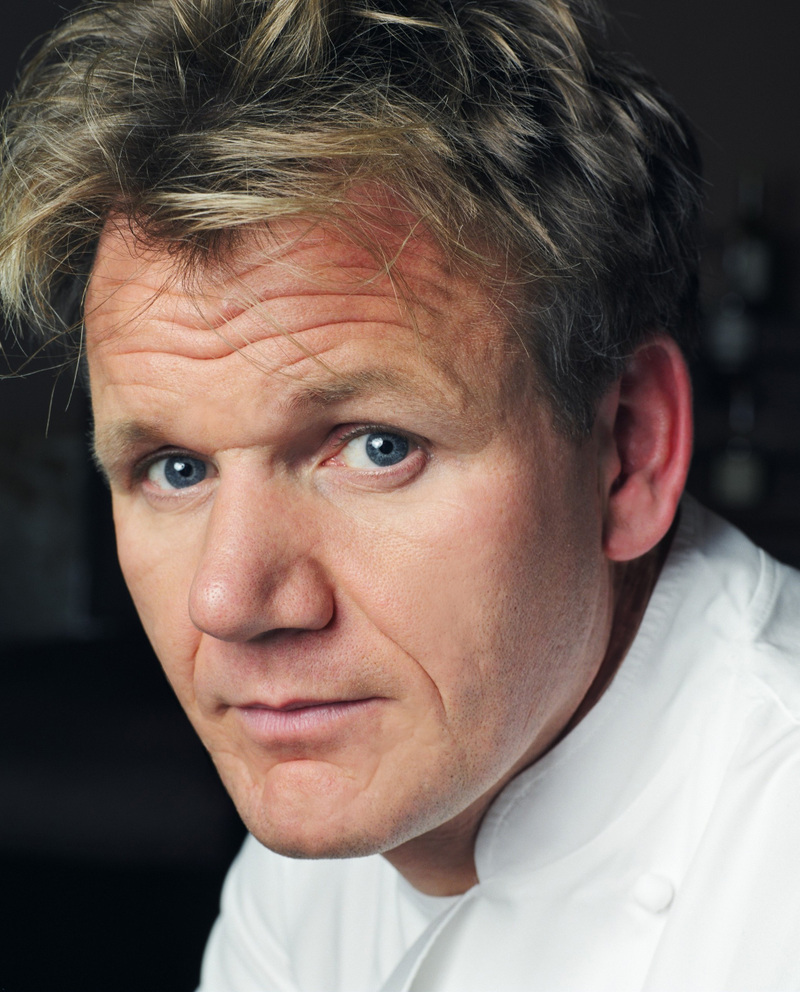
14. **Gordon Ramsay’s Fat Cow**
Gordon Ramsay, a mega-famous celebrity chef with eight Michelin stars and an extensive network of 88 restaurants globally, including 32 in the United States, is renowned for his culinary acumen and business ventures. However, even Ramsay, with his formidable reputation, experienced a notable setback with The Fat Cow, which opened in Los Angeles in November 2012. The restaurant sought to offer rustic and homestyle dishes—lobster mac and cheese, shepherd’s pie, wood-fired pizza—with ingredients sourced from an adjoining farmer’s market, aiming for a wholesome, upscale casual dining experience.
The Fat Cow’s existence was troubled from the outset, facing a combination of critical disdain and significant legal battles. Critically, the food received poor reviews; LA Weekly critic Besha Rodell noted that the branzino ceviche “looked like a science experiment gone wrong” and described the batter on the fish and chips as “thick and doughy and more like something you’d find surrounding your deep-fried Twinkie.” Such assessments indicated a significant gap between the culinary promise of Ramsay’s name and the actual dining experience.
Beyond the kitchen, The Fat Cow was embroiled in a series of lawsuits. It faced legal action from a Miami restaurant, Las Vacas Gordas, alleging trademark infringement over the name. This issue escalated into a $10 million lawsuit from Ramsay’s business partner, Rowen Seibel, who claimed Ramsay deliberately mishandled the name dispute to re-brand the restaurant as GR Roast without Seibel’s involvement. Additionally, the restaurant was sued by a supplier for unpaid appliance bills and faced a class action lawsuit from employees alleging below-minimum wage payments and denial of legally mandated break periods. Despite its stylish setting in The Grove, these compounding operational failures, legal quagmires, and critical lambasting proved too much, leading to The Fat Cow’s closure after just 15 months. The episode vividly demonstrates that even a chef of Ramsay’s stature can be vulnerable to the intricate web of business, legal, and operational challenges that define the restaurant industry.
The experiences of these celebrated culinary figures underscore a profound truth in the restaurant world: inherent talent and a renowned name, while powerful assets, are insufficient to guarantee longevity. These case studies reveal that even for chefs who have reached the pinnacle of their profession, the journey of restaurant ownership is fraught with a unique set of challenges—from critical reception and concept execution to complex legal battles, financial mismanagement, and personal conflicts. The narratives of Cat Cora, Masaharu Morimoto, Jose Garces, Anne Burrell, Gabe Erales, Carla Hall, and Gordon Ramsay serve as compelling reminders that a successful restaurant demands more than exceptional food; it requires astute business acumen, meticulous operational oversight, and an unwavering ability to navigate the unpredictable currents of market demands and human dynamics. Ultimately, the high-stakes world of celebrity gastronomy, whether for a pop star or an “Iron Chef,” is a testament to the fact that success is never truly a given, and failure, an ever-present possibility, often comes in unexpected and instructive forms.

